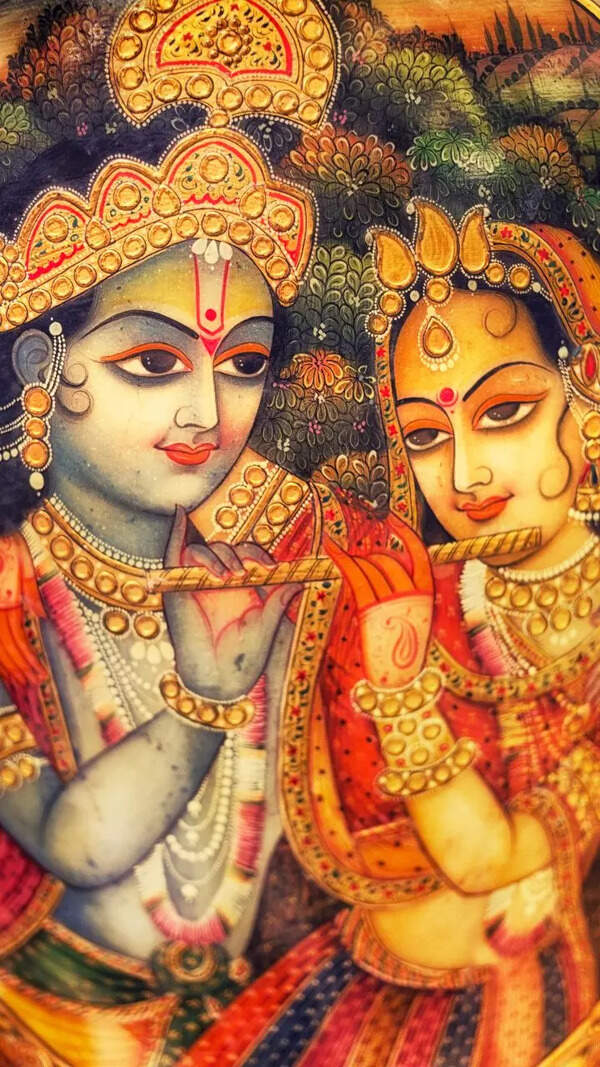- News
- City News
- jaipur News
- ‘Tracking’ Progress In Kashmir
Trending
‘Tracking’ Progress In Kashmir
Set to be launched soon, the Udhampur-Srinagar-Baramulla Rail Link promises to revolutionize connectivity in J&K. This 272-km rail line, a remarkable feat of engineering, will drastically reduce travel time between Katra and Srinagar to just over three hours
Reasi: For Mohammed Aarif, a 65-year-old handicraft businessman from Srinagar, transporting goods to New Delhi and beyond has long been a logistical nightmare. By road, his shipments faced delays from landslides or snow, often forcing returns during the rainy or winter months. Air cargo, the only reliable alternative, came at a steep Rs 45 per kg, a cost that ate into his profits. But relief is on the horizon. The completion of the Udhampur-Srinagar-Baramulla Rail Link (USBRL) promises to transform his trade—and the lives of countless others in Jammu and Kashmir—by connecting the region to the rest of India with unprecedented ease.
This 272-km rail marvel, set to be inaugurated soon with Prime Minister Narendra Modi flagging off the maiden train, is more than just a transportation project. It is a lifeline for locals and a gateway for tourists, blending cutting-edge engineering with the raw beauty of the Himalayas. From the bustling streets of Jammu to the serene valleys of Kashmir, the USBRL is poised to redefine travel and commerce in one of India's most picturesque yet challenging terrains.
A Seamless Connection
The route's initial phase will connect Katra to Srinagar, with plans to extend to Jammu and eventually Delhi once station upgrades are complete. For the first time, Kashmir's isolation—exacerbated by Nov and Dec road closures—will be a thing of the past. Tourists can now swap the uncertainty of highways for the comfort of a train, while locals gain year-round access to markets and opportunities beyond the valley.
An Engineering Triumph
The USBRL is no ordinary rail line. It's a feat of human determination carved through the Himalayas' treacherous folds. Conceived in 1994 and declared a national project by Prime Minister Atal Bihari Vajpayee in 2002, the 274-kilometer route from Jammu to Baramulla boasts 38 tunnels and a network of bridges that defies the region's rugged landscape. The longest tunnel stretches 12.5 kms, while the shortest spans 2.1 kms, threading through mountains where flat land is a rarity. "This is one of the toughest terrains Indian Railways has ever tackled," a railway officer notes, pointing to the seismic zones and extreme weather that delayed progress for over two decades.
The crown jewel of this project is the Chenab Bridge in Reasi, the world's highest railway bridge. Towering 359 meters above the riverbed, 35 meters taller than the Eiffel Tower —this 1,315-meter-long structure took 20 years to complete, its construction hampered by safety concerns and legal hurdles. Built with over 28,000 metric tonnes of steel, it stands as a symbol of engineering prowess, linking Jammu to Kashmir across a chasm once thought impassable. A successful Vande Bharat trial run last year between Jammu and Baramulla proved the route's readiness, earning the Commissioner of Railway Safety's approval.
The Verdant Valleys
Beyond its utility, USBRL offers a visual feast. As the train winds through snow-capped peaks and verdant valleys, passengers will glimpse the Himalayas in all their glory. The Chenab Bridge, a marvel, frames the rushing river below, while tunnels open to vistas of rolling hills and distant summits. When this correspondent journeyed on the train's trial run from Chenab station to Srinagar, the ride turned out to be as thrilling as it is scenic; meandering through a landscape that shifts from stark cliffs to lush greenery. For rail travelers, it's not just a trip; it's an immersion in nature's grandeur.
A Boost for Business and Beyond
For craftsmen like Aarif and Salim Baksh, the rail link is a lifeline to larger markets. "During Nov and Dec, we're idle—transport costs make it impossible to compete," Baksh explains.
Goods trains, expected to follow passenger services, could slash costs from Rs 45 per kilogram by air to a fraction of that by rail, opening doors for Kashmir's famed handicrafts, apples, and agricultural goods. Aarif dreams of a direct Srinagar-to-Delhi train, cutting his travel costs from Rs 11,000 by air to a fraction by rail, and boosting his showroom's reach in Lajpat Nagar.
Tourism, too, stands to gain. With affordable access, Kashmir's allure—its shawls, saffron, and snow-draped vistas—will draw more visitors, while Jammu's economy benefits from smoother connectivity. As Northern Railways prepares to launch the Katra-Srinagar Vande Bharat, with extensions planned, the USBRL isn't just a rail line, it's a bridge to prosperity, uniting a region long divided by geography.
Kashmir Connected
The Udhampur-Srinagar-Baramulla Rail Link (USBRL) is set to transform Kashmir's connectivity, blending engineering brilliance with the region's stunning landscapes. Spanning 272 kms across Jammu and Kashmir's rugged terrain—think snow-laden peaks, deep valleys, and inaccessible hills—this Rs 37,000 crore project is a marvel of modern infrastructure. With 943 bridges, including the iconic Chenab Bridge, and 38 tunnels, such as the 12.77-km T-50, India's longest, the USBRL conquers a landscape deemed one of the toughest for railway construction
Engineering Feats: Bridges Above the Clouds
Chenab Bridge, the world's highest
railway bridge, soars 359 meters above sea level—35 meters taller than the Eiffel Tower and five times higher than the Qutub Minar. Stretching 1,315 meters, it's built
to endure winds of 266 kms per
hour and resist earthquakes, with iron nets on nearby mountains preventing boulder falls
Anji Khad Bridge, India's first cable-stayed rail bridge, spans 725 meters in the Katra-Banihal section. At 331 meters above sea level, its 473.25-meter main span is supported by 96 cables—ranging from 82 to 295 meters long, weighing 849 metric tonnes—and 8,215 metric tonnes of structural steel. Like its counterpart, it's earthquake-proof, a necessity amid the Himalayas' fragile geology of faults, folds, and seismic zones
Ease of Travel: 3 Hours to Paradise
For travellers, the USBRL slashes the journey from Katra to Srinagar to just three hours. No more bumpy, landslide-prone 6-to-7-hour road trips or pricey flights. The route, starting with a Vande Bharat train, links key stations like Jammu Tawi, Udhampur, Katra, Reasi, Banihal, Srinagar, and Baramulla—32 stops in all. Hubs like Pampore, Sopore, and Anantnag fuel the valley's economy, while Katra and Reasi, near the Mata Vaishno Devi temple, boost spiritual tourism. Affordable and reliable, this rail link ends Kashmir's winter isolation, opening doors for locals and visitors alike
End of Article
Follow Us On Social Media







